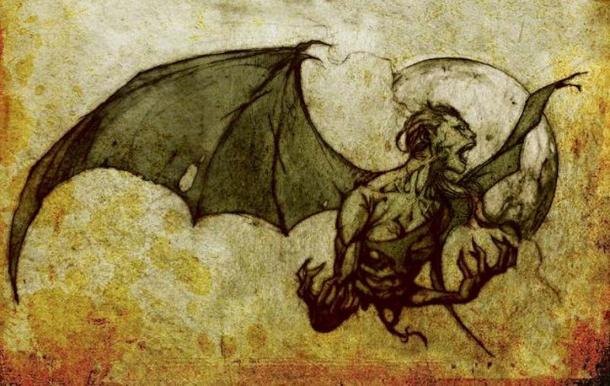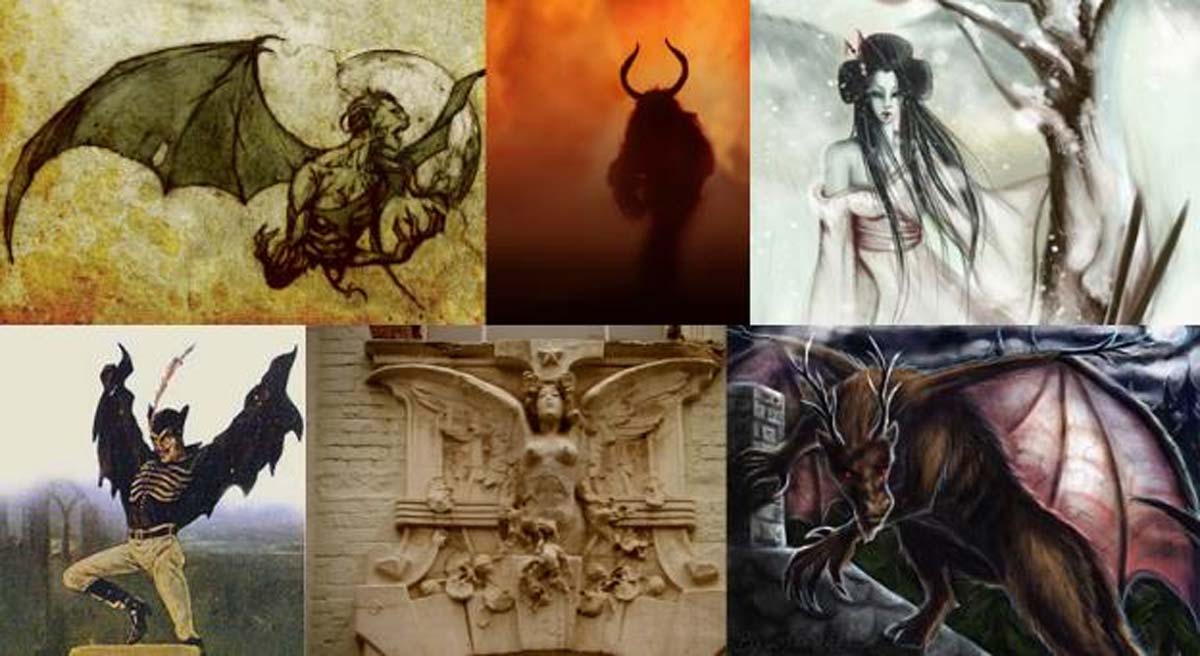Storytellers have been telling tales of ancient demons wreaking havoc on humanity since the beginning of time. By the Middle Ages people were so fascinated with and afraid of these supernatural entities that whole books were dedicated to listing demonic creatures , the areas of life they influenced, and how to protect yourself from them.
Lilith: Ancient Demon, Dark Deity, or Sex Goddess?
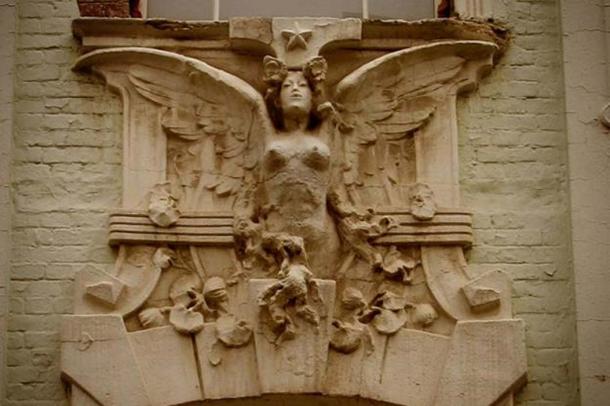
Lilith, satanic looking angel. (CC BY-NC 2.0 )
Lilith is one of the oldest known female spirits of the world. Her roots come from the Epic of Gilgamesh and she was also described in the Bible and the Talmud. Lilith’s name comes from the Sumerian word ''lilitu'', which meant a wind spirit or a female demon.
From the beginning of her textual existence she was related to Sumerian witchcraft . In the Babylonian Talmud, Lilith was described as a dark spirit with an uncontrollable and dangerous sexuality. She is said to have fertilized herself with male sperm to create hundreds of demons.
- Demonic Exorcisms in the Temple Schools of Mesopotamia
- Decapitating Demons May Be the Oldest Fearsome Entities of Ancient Egypt
In Jewish tradition, she is a notorious demon, but in some other sources she appears as the first woman created on Earth. According to a legend, God formed Lilith in the same way as he created Adam except in place of pure dust, he also used filth and residue
Lilith was known in the culture of the Hittites, Egyptians, Greeks, Israelis, and Romans as well. In later times, she migrated to the north of the Europe. She represented chaos, sexuality, and she has been said to have cast spells on people. Her legend is also related to the first stories about vampires .
A Heart as Cold as Ice? The Beautiful Yet Dangerous Japanese Snow Demon
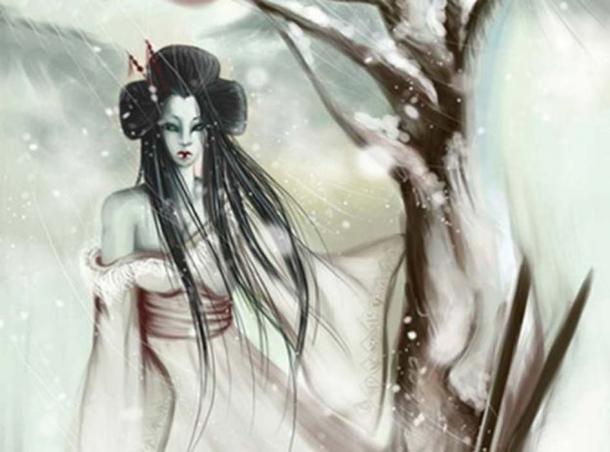
Detail of a modern illustration of Yuki-onna. ( CC BY SA)
The legend of Yuki-onna (the snow woman) comes from Japanese legends. She is included among the lengthy list of what are known as ‘ yokai’ - supernatural creatures known as monsters, demons, spirits or other mythical beings.
Yuki-onna is believed to inhabit locations with snowy mountains where she feeds off human life energy and regular food. She preys on lost travelers in heavy snowstorms. She sucks the human life force from her victims’ mouths into hers, freezing them solid.
With ageless white skin and cold as ice itself, Yuki-onna is said to have strikingly deep violet eyes and beautiful long black, or white, hair. Although Yuki-onna can fall in love, marry, and live among humans, she will never age and her identity would eventually be revealed, therefore, most legends say Yuki-onna chooses to stay near mountain roads and prey on travelers.
Spring Heeled Jack as depicted by anonymous artist. ( Public Domain ) It is not certain if Spring Heeled Jack was a man or beast. Witnesses report him having long, sharp fingernails that looked almost like claws . His eyes had a crazed look about them that some said glowed red as he was about to strike. Whenever townsfolk tried to catch him, he would easily get away, running swiftly down crowded alleys, jumping over fences, and disappearing into the night as though he were a ghost. Spring Heeled Jack was first reportedly seen in 1837 and continued for decades. In particular, he sought young women but the damage he caused affected all manner of ordinary people. As the tale of this creature of darkness became widespread, his attributes became more demonic. Reports said that he had horns and a pointed goatee, that he could leap over rooftops, and that he could breathe fire. For all the terror he caused, Jack did little harm, aside from the reports of shredded clothes, fits of hysteria , and heart attacks. By the 1880s, Spring Heeled Jack was eclipsed by a far more lethal villain, Jack the Ripper. The jumping devil’s legacy lives on in the popular imagination to this day, notably in the mischievous little toy known as the Jack-in-the-Box. The Jersey Devil. (pyro-helfier/ Deviant Art ) The Jersey Devil’s history places it at the very top of baffling crypto- zoological mysteries. It has baffled and mesmerized the public for hundreds of years. The creature is often described as a flying bipedal cryptid with hooves, but there are many contrary opinions as to what it actually looked like. The common description from eyewitnesses is that it kind of looks like a kangaroo-like creature, but with the head of a horse, leathery bat-like wings, and long bird-like legs, claws, hooves, a hideous face, and a forked tail. Several people have even said its body looks like an alligator. It has been reported to move quickly and has often been described as emitting a "blood-curdling scream.” Eyewitnesses say that it hops like a bird. It has been called a variety of different nicknames such as the flying death, kangaroo horse, flying horse, cowbird, and a prehistoric lizard. From January 16 to 23, 1909, the State of New Jersey experienced a major paranormal event , it was seen in person by thousands of people, schools were closed, and factories closed down temporarily out of fear. It allegedly inhabited the Pine Barrens of Southern New Jersey and was named the official state demon in 1939 in New Jersey. Krampus, the Christmas Devil. ( CC BY SA 2.0 ) The Krampus tradition is popular in countries such as Germany, Austria, Hungary, Slovenia, and the Czech Republic. The name derives from the German word krampen, meaning claw. He has a “mangled, deranged face with bloodshot eyes atop a furry black body. Giant horns curl up from his head, displaying his half-goat, half-demon lineage.” (Billock, 2015) According to legend, Krampus is the son of the Norse goddess Hel, ruler of Helheim (the Norse realm of the dead). Krampus is a counterpart to other Christmas Devils such as France’s Hans Trapp and the Netherlands’ Zwarte Piet (Black Peter). Along with other pagan traditions, Krampus became entwined with Christmas as Christianity spread through Eastern Europe. About 1,500 years ago, Krampus became the counterpart of Saint Nicholas . On the night of December 5/6, Saint Nicholas walks about, leaving little presents in the shoes and boots of children who have been well behaved. Following close behind is Krampus, who leaves a rod in the shoes of the naughty children. Krampus carries a bundle of birch sticks with which he strikes especially bad kids. The worst offenders he stuffs into a bag and drags them off to his lair where they will presumably be eaten. By the 12th century, the Catholic Church began its work to stamp out this pagan devil. Christians were fairly successfully at banishing the Krampus until he re-emerged in a 19th-century fit of consumerism. The Nightmare’ (1781) by Johann Heinrich Füssli. ( Public Domain) Known by many names around the world and over time, diverse cultures have spoken of vampire-like demons that feed off of human energy and attack their victims at night. Two of the popular names in English for such entities are Incubus and Succubus (plural Incubi and Succubi) – demons which attack their victims by pressing down on them, often while sexually assaulting them as well. Incubus is the male form of the demon. The name of this demon comes from late Latin “Incubo” meaning “ nightmare” which has its origins in the Latin word ‘incubare’, to “lie on”. This description is well-suited to what the Incubus does to his victims – he lies upon (or “crushes”) them. They are supposedly very hard to send away once they have chosen a victim. These demons supposedly can shapeshift, so their appearance differs, although they are often said to look human-like. It has been said the Incubi may be especially physically attractive for their victims. Succubus (from “spirit bride” or “lie under”) is the female form of an Incubus demon. Accounts of these demons appear in ancient Akkadian, Sumerian, and Greek texts. The princess of the demons is called Nahemah. Succubi have often been described as exceptionally beautiful women, but sometimes with bat or other flying animal wings on their backs. As with the Incubi, the Succubi attack their victims at night and allegedly prefer religiously-minded victims as well. The Succubi seek out sleeping men and are said to drain them of their blood, breath, life-energy and semen – even until the point that the victim could die. Tarot card depicting Baphomet, detail. ( wimage72 / Fotolia) The earliest known reference to Baphomet can be traced back to a letter written by a French crusader in 1098. According to the crusader, the Muslims in the Holy Land called upon a certain ‘Baphometh’ prior to battle. It is commonly accepted today that this name is a corruption of Muhammad, the founder of Islam. European Christians at the time perceived Islam as the worship of Muhammad, which they considered idolatry. The evolution of Baphomet continued in 1307, when the powerful Knights Templars were being suppressed in France. Some of the Templars admitted to worshipping an idol, it seems that their accounts were inconsistent. For instance, some claimed that the idol was the severed head of St. John the Baptist , whilst others claimed that it was the statue of a cat with three faces. It was only in 1854 that Baphomet became the goat-headed figure that we are familiar with today. It was Eliphas Levi, a French ceremonial magician, who re-imagined Baphomet as a figure he called the ‘Sabbatic Goat’. Levi’s Baphomet was adopted by the famed occultist, Aleister Crowley . It was Crowley who connected Baphomet with Satan and linked this icon with the idea of suppressed knowledge and secret worship. Thus, in opposition to traditional Christian thought, Crowley argued that Satan was not the enemy of mankind, but its ally. Seth (Set) Left, and Horus. (Niedlich, S / CC BY SA 2.0 ) Set (Seth) is an ancient Egyptian god depicted with the head of an unknown animal referred to by Egyptologists as a ‘Set animal’. The ancient Egyptians believed that Set was the god of chaos, the desert, storms, and darkness. He was worshipped primarily in Upper Egypt as early as the Pre-Dynastic period. Originally, he was believed to be a benevolent god who lived in the Underworld and was responsible for helping the dead reach heaven, though he was later regarded as an evil god during the conflict with Horus. The followers of Horus triumphed over those of Set, thus resulting in Set’s demonization. Another theory suggests Set became associated with the Hyksos invaders who conquered the Nile Delta and therefore, by the time of the Second Intermediate period, Set had become regarded as a malevolent deity. As the god of the desert, Set was also considered to be the antithesis of everything that represented life. However, he wasn’t all bad, in some myths the gods used Set’s strength and power for good. The best known of these is Set’s role as a defender of Ra’s sun boat. Each night as the sun boat made its journey through the Underworld, Set fought Apep, the chaos serpent. Set is often depicted as standing on the prow of the sun boat, and spearing Apep. Manananggal, mythical creature of the Philippines. ( Public Domain ) Rangda embodies power - she is electrifying, dangerous, and otherworldly. She has protruding eyes, pendulous, large breasts and a long, red tongue hanging down her body. Her mouth is full of big teeth and curving fangs; her fingernails are extended to long pointed claws, and her unkempt mop of gray hair hangs down her back. Legends of Rangda include her fondness for eating children as well as causing disease and pestilence . Although she may have once been an ancient goddess, today Rangda is identified as an evil demon queen. However, Rangda is also considered a protective force in certain parts of Bali. In the Barong dance, part of the ritual drama which focuses on the ongoing battle between good and evil, Barong represents the good and Rangda represents evil. The Barong protects villages from plague and malicious magic, whereas Rangda is the one inflicting those plagues and difficulties. Top Image: Ancient Demons: Manananggal, mythical creature of the Philippines. ( Public Domain ) Krampus, the Christmas Devil. ( CC BY SA 2.0 ) Detail of a modern illustration of Yuki-onna. ( CC BY SA) Spring Heeled Jack as depicted by anonymous artist. ( Public Domain ) Lilith, satanic looking angel. ( CC BY-NC 2.0 ) The Jersey Devil. (pyro-helfier/ Deviant Art )Spring Heeled Jack, the Uncatchable Demon of Victorian England
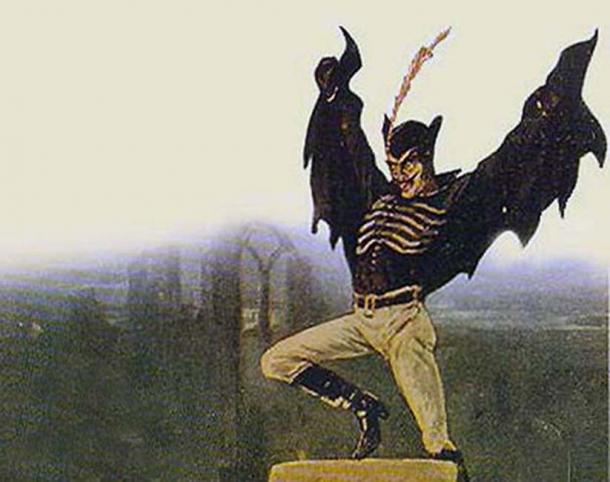
Unmasking the True Identity of the Jersey Devil
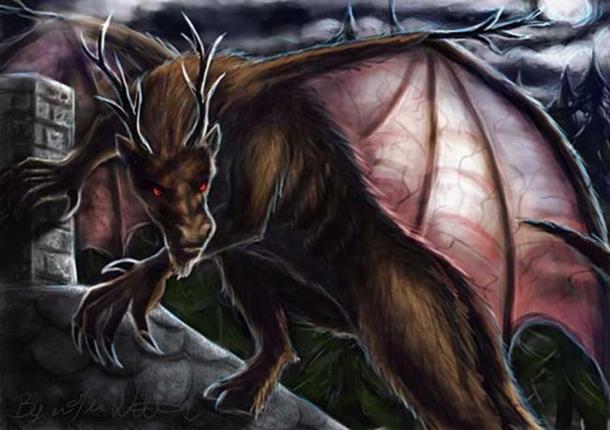
Krampus, Son of Hel: Christmas Devil and Child Punisher
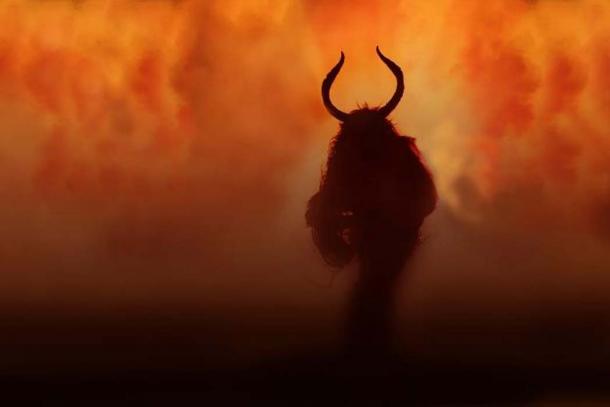
Incubi and Succubi: Crushing Nightmares and Sex-Craving Demons
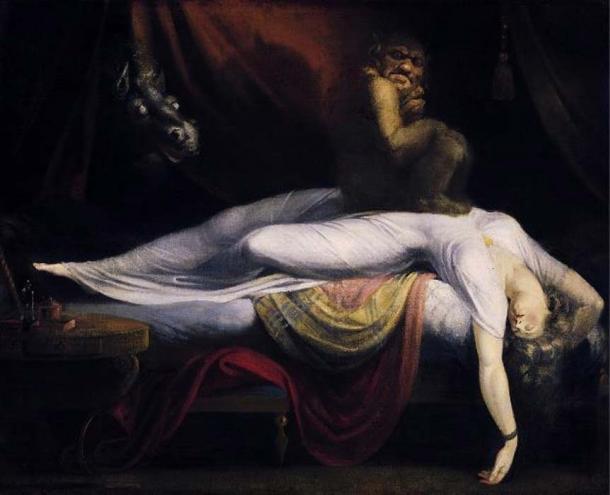
Baphomet? Was the Diabolical Demon Really Worshipped by Knights Templars
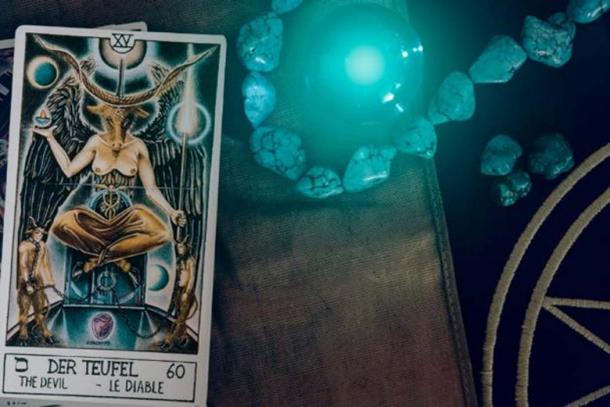
Were the Worshipers of the Egyptian God Set Following a God or a Demon?
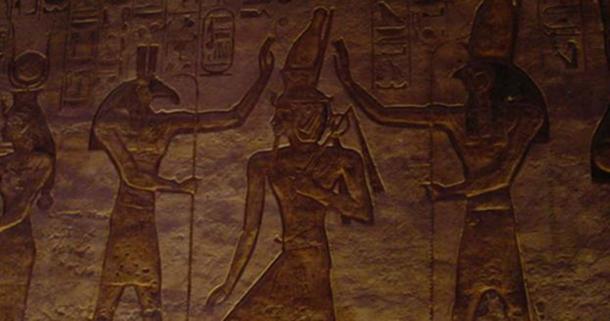
The Shocking Demon that Brings Plague and Devours Babies
